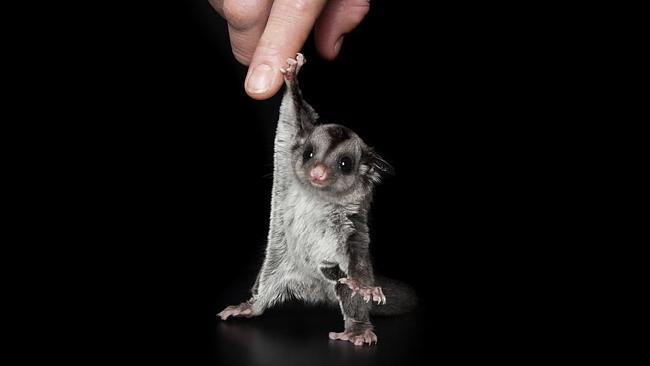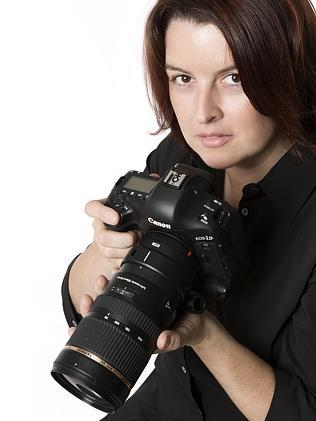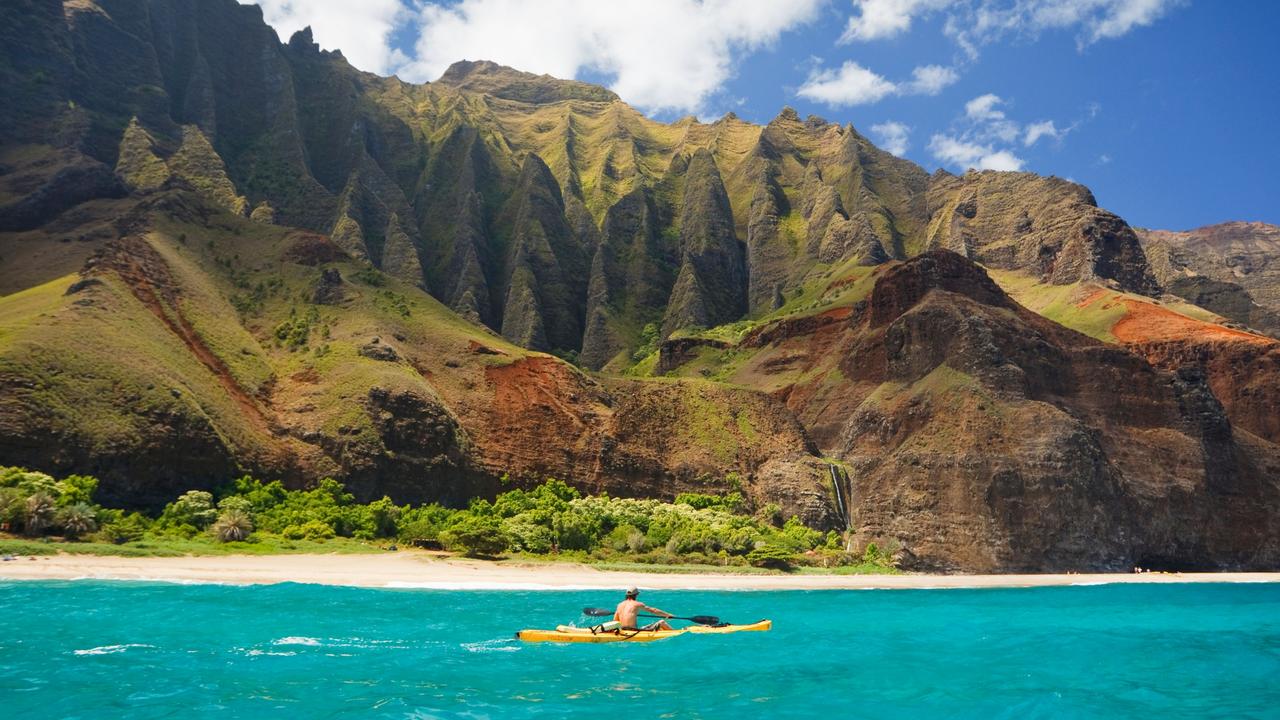Wildlife photographer Alex Cearns helping animals
A LOVE of animals and a passion for photography created a new career for a policewoman, writes Chanel Parratt

Destinations
Don't miss out on the headlines from Destinations. Followed categories will be added to My News.
WILDLIFE photographer and animal rights advocate Alex Cearns left the West Australian Police in 2006 after 14 years of service.
She knew she was ready for a complete life change but wasn’t sure what she wanted to do.
A trip to Tasmania with a friend with an SLR camera was the start of her fascination with photography.
Seven years later, Cearns is one of the most respected photographers in her field, helping animal charities raise awareness for animal welfare across the world.
How has your work as a photographer led you to be involved with animal protection?
AC: The ability to make a difference through my work with animal rescue groups is one of the main reasons I work so hard in my commercial business. I was 19 when I joined the police and over the next 14 years I was exposed to the darkest side of humanity. But policing prepared me for the sights I see working with animal charities – the abuses and atrocities left to the rescue groups. I left the WA Police not wanting to know what people did to each other anymore, but my sense of justice shifted into concern for vulnerable creatures and drives me to create change through my photography.
Tell me about your shoot at the Bonorong Wildlife Sanctuary in Tasmania
AC: I travelled to Bonorong to photograph the endangered Tasmanian Devils and other rare Australian wildlife to raise funds to build Tasmania’s first 24-hour wildlife hospital at the sanctuary. About 500, 000 animals are killed on Tasmania’s roads each year so the amazing people at Bonorong have developed the state’s only 24-hour volunteer wildlife rescue network made up of about 1000 volunteers who receive free training from Bonorong.

What are your top three destinations for photographing animals in the wild?
AC: The Serengeti National Park in Tanzania provides a unique photographic safari destination. Each year one of nature’s greatest spectacles takes place here – the annual migration of over 1.5 million wildebeest, providing stunning wildlife imagery.
The Galapagos is an amazing year-round destination for lovers of land and sea wildlife. Fernandina Island in particular is a remarkable place to view flightless cormorants, sea lions and marine iguanas.
The Antarctic is also a photographer’s dream as it offers a wide variety of wildlife against the stunning backdrop of the blue and white icebergs.
I’m very fortunate to be partnering with World Expeditions as their first female wildlife photographer and will be leading photographic expeditions to all of these places in 2014 and 2015.
Favourite place to travel in Australia?
AC: Christmas Island is one of the most interesting places in Australia. National park covers over 63 per cent of the island. There’s abundant flora and fauna including many endemic species. It’s often referred to as the Galapagos of the Indian Ocean. The annual migration of millions of Christmas Island red crabs is a sight to behold.
Sir David Atten-borough described it as one of the planet’s most spectacular wildlife events.
ALEX CEARNS’ TIPS ON PHOTOGRAPHING WILDLIFE
• Be patient: It’s worth waiting for that exact moment to capture something special.
• Watch your backgrounds: Check what is dropping into your shot and reposition yourself if necessary.
• Research your subject: Learn the animal’s patterns and behaviours. This makes it easier to measure the right moment to take the shot.
• Look but don’t touch: Take great care not to stress your subjects. Apart from their stress showing in your images, it’s unethical and unpleasant for the animal.
• Safety first: Always be aware of your feet (wear sturdy footwear) and have a plan to make a quick escape if things get hairy.
Alex Cearns’ Pro Photography Animal Adventure Tour to Tanzania is in June. See worldexpeditions.com/au or houndstoothstudio.com.au
--
“Like” Escape.com.au on Facebook
Follow @Escape_team on Twitter


